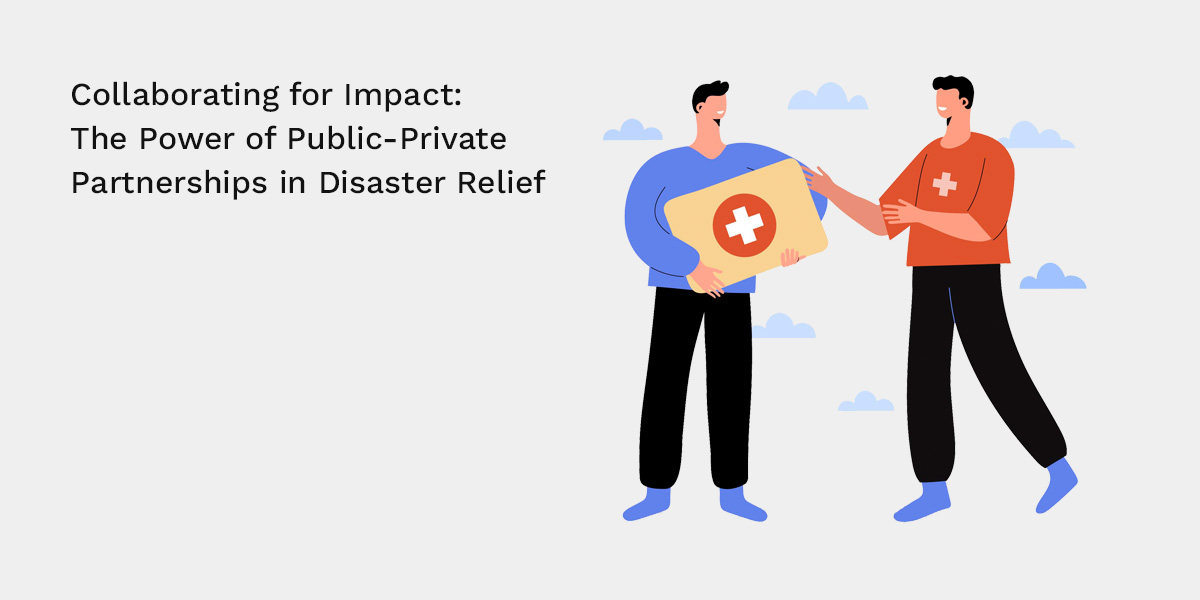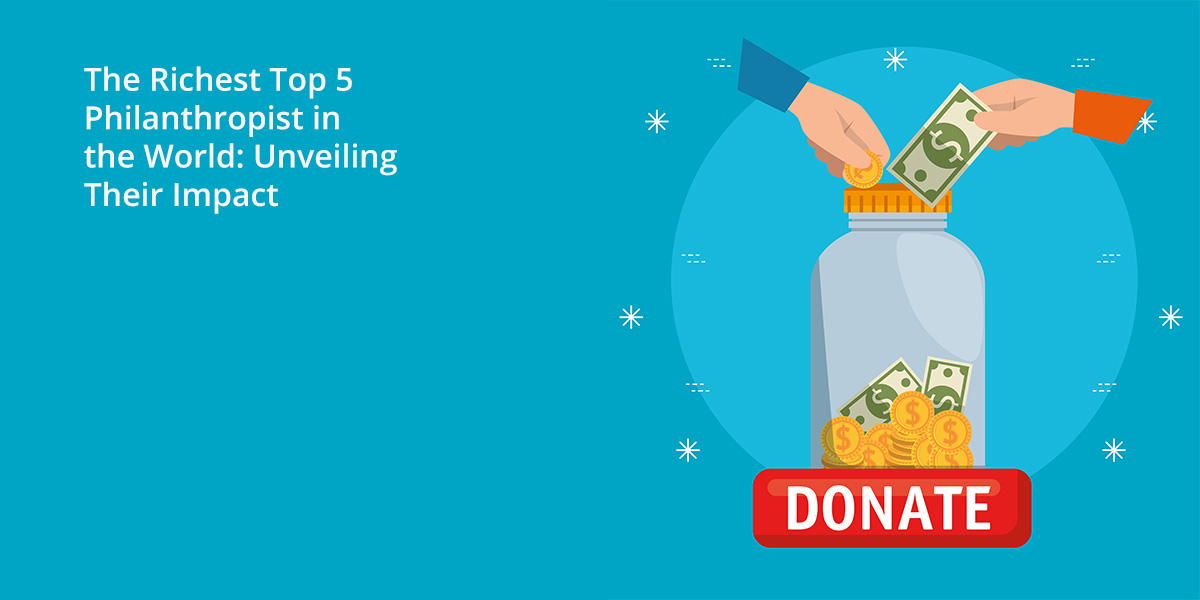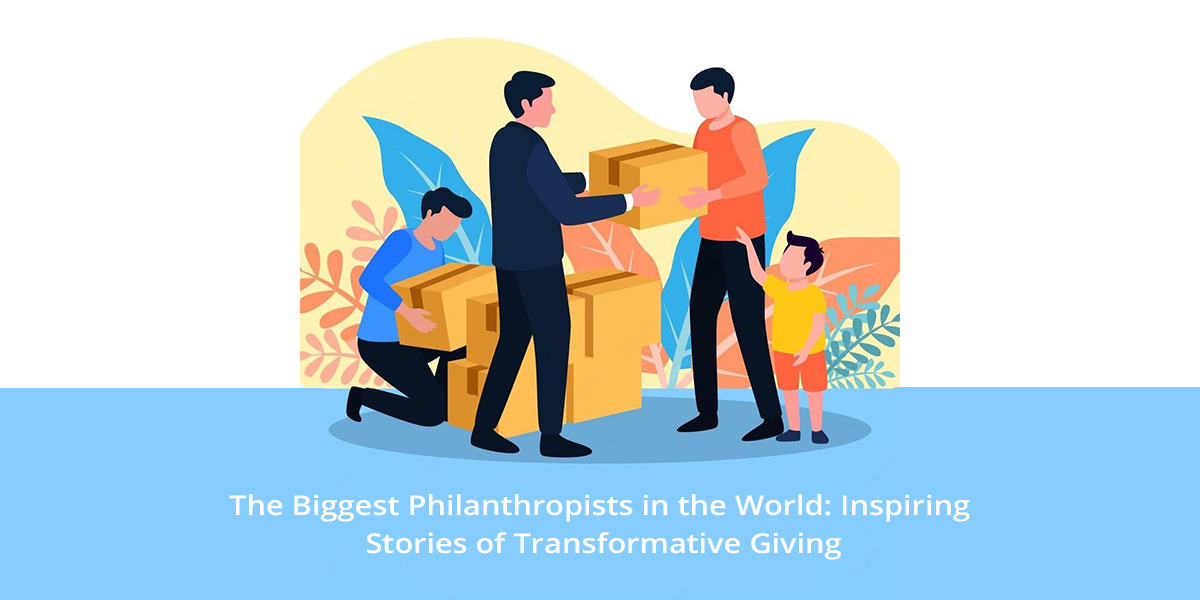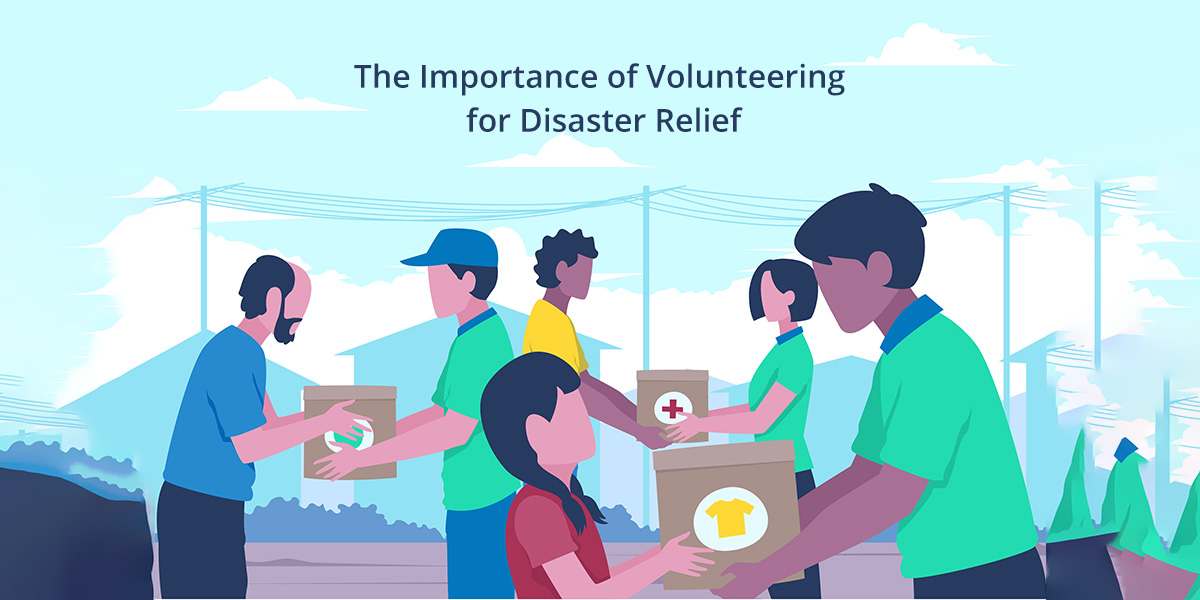Table of Contents
Natural disasters and other emergencies can strike at any time, leaving communities devastated and in need of assistance. In such times of crisis, the collaboration between the public and private sectors can be a powerful force for positive change. Public-Private Partnerships (PPPs) can help bring together the strengths of both sectors to provide effective and timely relief to affected communities. In this blog, we will explore the importance of collaboration, the benefits, and challenges of PPPs, examples of successful collaboration efforts, types of PPPs, and their impact on disaster relief efforts and community resilience.
The Importance of Collaboration
Collaboration between the public and private sectors is crucial for effective disaster relief efforts. The public sector has resources such as funding, emergency response plans, and infrastructure, while the private sector can provide expertise, technology, and other resources. Through collaboration, the strengths of both sectors can be leveraged to address the needs of communities affected by disasters.
Benefits Of Collaboration Between Public And Private Sector Entities
There are several benefits of collaboration between the public and private sectors in disaster relief efforts. First, it allows for the sharing of resources, expertise, and knowledge. The private sector has access to advanced technology and resources that can be beneficial in disaster response efforts, while the public sector has the experience and knowledge necessary to navigate complex government regulations and policies.
Second, collaboration can increase efficiency and speed up response times. The private sector can quickly mobilize resources and respond to disasters, while the public sector can provide logistical support and coordination.
Challenges Facing Collaboration Efforts in Disaster Relief
Despite the benefits of collaboration, several challenges can hinder its success. One of the main challenges is a lack of trust and understanding between the public and private sectors. There may also be conflicts of interest or differing priorities between the two sectors.
Another challenge is the complexity of regulations and policies governing disaster relief efforts. Collaboration requires navigating complex government regulations and policies, which can be time-consuming and difficult.
Examples of Successful Collaboration Efforts in Disaster Relief
There have been several successful collaborative efforts between the public and private sectors in disaster relief efforts. One notable example is the partnership between the American Red Cross and UPS. During disasters, the American Red Cross often needs to distribute emergency supplies quickly and efficiently. UPS, with its advanced logistics network, has been able to help the American Red Cross deliver these supplies to affected communities in a timely and efficient manner.
Another example is the partnership between the United Nations and IKEA. IKEA has provided funding and resources to the United Nations High Commissioner for Refugees (UNHCR) to support refugee camps and provide emergency shelter and supplies.
Types of Public-Private Partnerships
Several types of PPPs can be used in disaster relief efforts. These include:
- Service Contracts: A private sector company is contracted to provide specific services to the public sector.
- Concession Agreements: A private sector company is granted the right to operate and maintain public infrastructure or facilities.
- Joint Ventures: A public-private partnership in which both sectors share ownership and control of the venture.
- Build-Operate-Transfer (BOT) Agreements: A private sector company builds and operates public infrastructure or facilities for a set period before transferring ownership to the public sector.
Examples of Successful PPPs in Disaster Relief Efforts
One example of a successful PPP in disaster relief efforts is the partnership between the Federal Emergency Management Agency (FEMA) and Home Depot. During Hurricane Katrina, Home Depot provided supplies and expertise to FEMA to help with the response and recovery efforts. Home Depot also donated funds to support relief efforts and provided volunteers to assist with cleanup and rebuilding efforts.
A second example of a successful PPP in disaster relief is the partnership between the U.S. Federal Emergency Management Agency (FEMA) and Wal-Mart during Hurricane Katrina in 2005. Wal-Mart offered its stores, trucks, and other resources to FEMA to help with the response efforts, such as providing food, water, and other supplies to affected communities. This collaboration allowed for a more efficient distribution of resources and relief efforts.
Another example of a successful PPP in disaster relief is the partnership between the U.S. Federal Emergency Management Agency (FEMA) and Wal-Mart during Hurricane Katrina in 2005. Wal-Mart offered its stores, trucks, and other resources to FEMA to help with the response efforts, such as providing food, water, and other supplies to affected communities. This collaboration allowed for a more efficient distribution of resources and relief efforts.
Impact of PPPs on Disaster Relief Efforts and Community Resilience
PPPs have had a significant impact on disaster relief efforts and community resilience. By bringing together the resources and expertise of both public and private sector entities, PPPs can provide a more coordinated and effective response to disasters. They can also help to address the root causes of disasters and promote long-term resilience in communities.
For example, a PPP between a local government and a private construction company to retrofit buildings and infrastructure can help to reduce the impact of future disasters. A PPP between a humanitarian organization and a private company to develop innovative technologies for disaster response can also improve the effectiveness and efficiency of relief efforts.
PPPs can also help to address the social and economic impacts of disasters, such as job loss and economic disruption. By working together, public and private sector entities can provide resources and support for affected communities to help them recover and rebuild.
Best Practices for Public-Private Partnerships
To ensure the success of PPPs in disaster relief, it is important to follow best practices. These include:
- Clear roles and responsibilities: Each partner should have clearly defined roles and responsibilities to avoid confusion and ensure accountability.
- Communication and coordination: Effective communication and coordination between partners are crucial for a successful PPP.
- Shared goals and objectives: Partners should work towards shared goals and objectives to ensure alignment and cooperation.
- Flexibility and adaptability: PPPs should be flexible and adaptable to changing circumstances and needs.
- Transparency and accountability: Transparency and accountability are essential for building trust and ensuring the effective use of resources.
Conclusion
In conclusion, PPPs have the power to transform disaster relief efforts by bringing together the resources and expertise of both public and private sector entities. By working together, they can provide a more coordinated and effective response to disasters, address the root causes of disasters, and promote long-term resilience in communities. However, collaboration between the public and private sectors can be challenging, and it is important to follow best practices to ensure the success of PPPs in disaster relief. Ultimately, by collaborating for impact, we can build stronger, more resilient communities that are better equipped to face the challenges of disasters.
You can find out more about this by visiting the company website.






